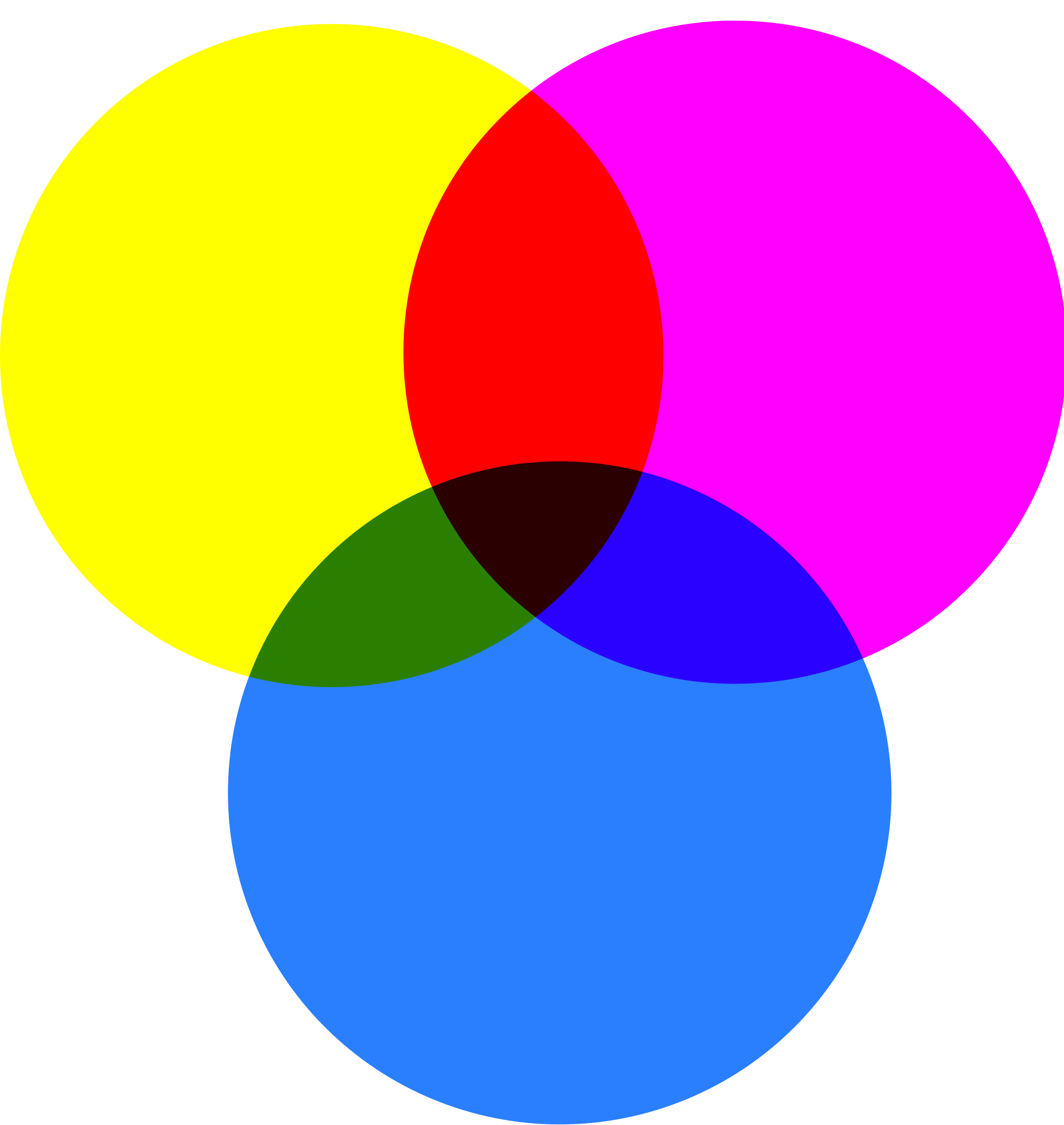COLOUR
THEORY
The
white light of the
sun is composed of
many different lights of different colours. When they are together,
we cannot distinguish those colours, and we see this as white.
Sometimes,
when the ray of light from the sun touches a drop of water in the
atmosphere, we have the refraction
of light phenomenon.
Then, those different lights of different colours split and take
different directions so that we can see them separately. That makes
the rainbow.
When
the light from the sun touches an object, there are two
possibilities… The object can reflect
some of those lights or it can absorb
them.

How
do we see colours?
Why
do we see an object in red?
Because
it reflects the red light and absorbs the other colours.
We
see an object in white
because it reflects all colours and doesn´t absorb anything.
We
see an object in black
because it absorbs everything and doesn´t reflect anything.
Primary
Colours
-
You cannot get them by mixing any other colour.
-
Mixing them, you get all of the colours in the world.
-
If you mix the three of them, you get black. Cyan + Magenta + Yellow = Black
Secondary
colours
… are
the mixture at 50% of two primary colours.
Yellow
+ Cyan = Green
Yellow
+ Magenta = Red
Cyan
+ Magenta = Purple

Complementary
Colours
A
primary color and a secondary colour, when mixed together, makes
black. They are placed opposite in the colour wheel.
Yellow
+ Purple
= Black
(cyan
+
magenta)
Magenta
+ Green
= Black
(cyan
+ yellow)
Cyan
+ Red
= Black
(yellow
+ magenta)
Warm
colours: are the
ones that have more than 50% of yellow
in their mixture.
Cool
colours: are the
ones that have more than 50% of cyan
in their mixture.
Harmony:
you have harmony
when you choose colours that are placed next
to each other in
the colour
wheel.
Contrast:
You have contrast
when you choose colours that are placed opposite
in the colour wheel.
No comments:
Post a Comment
Note: only a member of this blog may post a comment.